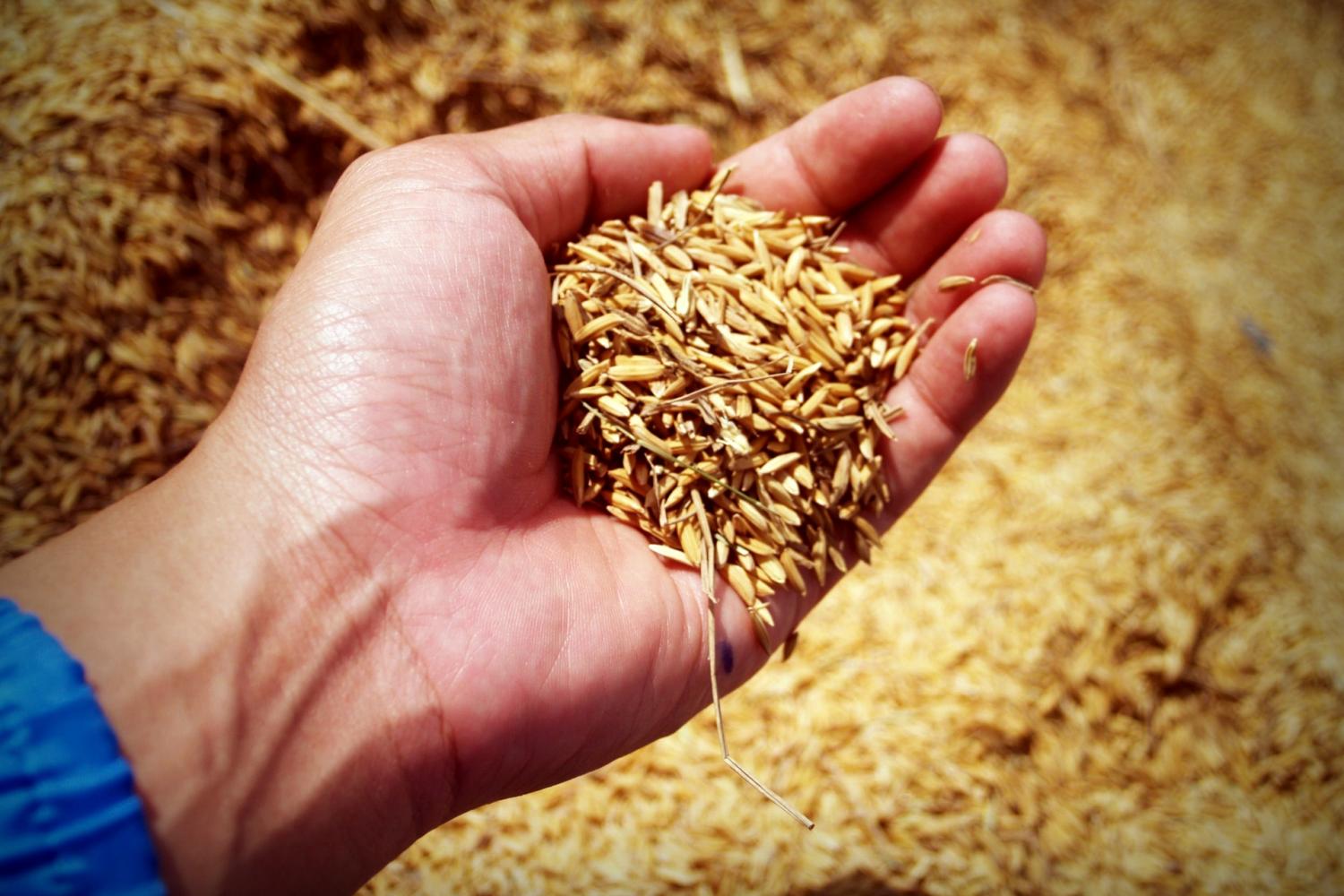
Just a few years ago, regenerative agriculture was largely a niche effort. Now, leading industry stakeholders are pushing it into the mainstream. In the latest development, last week Anheuser-Busch has reported promising results from a new partnership with the sustainable agriculture firm Indigo Agriculture. The partners are already looking forward to additional improvements as the project continues into a new growing season.
Reducing commodity inputs and price volatility through regenerative agriculture
Regenerative agriculture is a holistic approach that shares features with organic farming, but has its own set of priorities and systems. The primary aim is to build up soil and improve soil health, while sequestering carbon, preserving local water resources and improving air quality.
In meeting those goals, regenerative agriculture also aims to reduce the use of purchased fertilizer, fuel, and other inputs involved in the conventional practice of modern agriculture.
Farmers can benefit from regenerative practices through increased yields and long-term improvements in soil quality, while also reducing costs and attracting eco-conscious customers.
An improvement in community relations is another potential benefit, due to more sustainable use of local water resources and reduced impacts on air quality.
The ripple effect on commodities buyers like Anheuser-Busch is to reduce price volatility related to spikes in the cost of fuel and other inputs. In the age of climate action, regenerative agriculture also supports brand reputation.
Price stability and brand reputation have been the factors motivating major businesses to transition to clean power, and that same bottom line element appears to be attracting businesses to regenerative agriculture, too.
Beer maker plunges into regenerative agriculture
Regenerative agriculture is a relatively new trend, and so far, it has been practiced primarily on a small scale. With Anheuser-Busch’s support, it could take hold in large scale operations as well and have a significant cumulative impact on global environmental health.
The new partnership between the beer maker and Indigo Ag may surprise some beer drinkers, because it involves rice rather than the more familiar beer making ingredients like barley and wheat.
Nevertheless, rice it is. According to the brand, Anheuser-Busch happens to be the single largest user of rice in the U.S., having adopted the grain in 1876 to set its signature Budweiser brand apart from others.
For an initial test of their partnership, Indigo Ag and Anheuser-Busch set a goal of 10 percent improvement in water, nitrogen, and greenhouse gas impacts for growing 2.2 million bushels of rice. The 10 percent goal seems relatively modest. However, the overall result would be significant, considering the rate at which the beer maker consumes rice. According to the company, its mill in Jonesboro, Arkansas currently processes rice at the clip of 2.6 million pounds daily.
As it turned out, the effort exceeded expectation. Last week, the two partners announced their first-season results. Water usage decreased 23.7 percent compared to the regional average, methane emissions decreased by an average of 26.6 percent and nitrogen application decreased by 13.3 percent.
Grower profitability also increased, by up to $27 per acre.
“The cost reductions associated with decreased water and fertilizer use from these beneficial growing practices, coupled with a price premium to reflect the specialty attributes associated with how the grain was produced, significantly improved growers’ profitability, reinforcing the effectiveness of a systems approach to de-commoditizing agriculture,” Anheuser-Busch explained.
Regenerative farming and renewable energy
Based on that success, last week the partners also announced that the project is continuing into the current growing season. It has also expanded to cover a crop of 2.7 million bushels.
This season’s project includes additional support for growers, leading to the potential for improving upon last season’s results. In addition, farmers in the program can benefit from Indigo Ag’s Indigo Carbon abatement and sequestration initiative for on-farm emissions.
Anhueser-Busch isn’t the only leading company testing the waters of regenerative farming.
The movement has also caught the eye of the solar industry, which is beginning to leverage the benefits of pairing solar panels with grazing, pollinator habitats and other complementary uses under the new field of agrivoltaics.
In terms of land use, that is a significant improvement over the conventional placement of solar panels on farmland, in which the solar arrays are mounted close to the ground, effectively precluding any other operations.
Now researchers are finding that solar arrays can also accommodate grazing, pollinator habitats and other uses. The adjustment includes raising the solar panels a few more feet off the ground. It can also involve staggering the panels to allow more sunlight. The partial shade creates a beneficial microclimate that can enhance plant growth and conserve water, while reducing the need for fertilizer.
Tennessee-based Silicon Ranch, for example, is already pitching the concept under its proprietary “Regenerative Energy” trademark.
That is a particularly significant development in the scaling-up of agrivoltaics, because Silicon Ranch specializes in large, utility scale solar arrays.
The company’s latest project will span 2,400 acres at White Oak Pastures, a 152-year-old family farm in Georgia that conceives regenerative agriculture as part of a “radically traditional” approach to farming.
Another major company that could play a role in scaling up agrivoltaics and regenerative agriculture is the global oil giant Royal Dutch Shell, which bought a major stake in Solar Ranch two years ago.
Signs of redoubled force in the global energy transition have been building despite the COVID-19 crisis, and now it seems that agriculture is also poised for a similar leap into a more sustainable future.
Image credit: Pexels

Tina writes frequently for TriplePundit and other websites, with a focus on military, government and corporate sustainability, clean tech research and emerging energy technologies. She is a former Deputy Director of Public Affairs of the New York City Department of Environmental Protection, and author of books and articles on recycling and other conservation themes.














